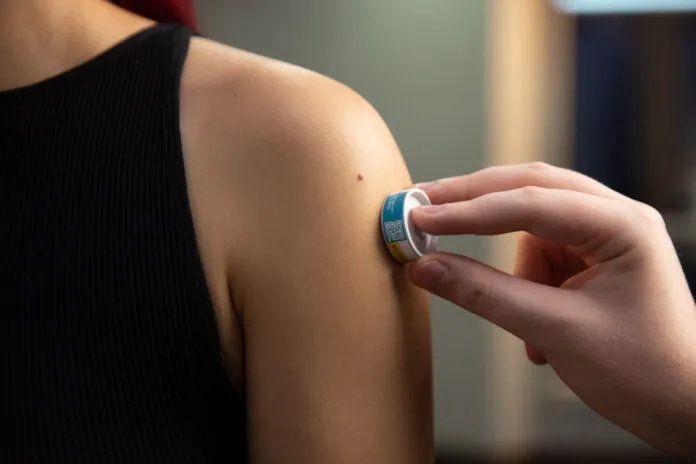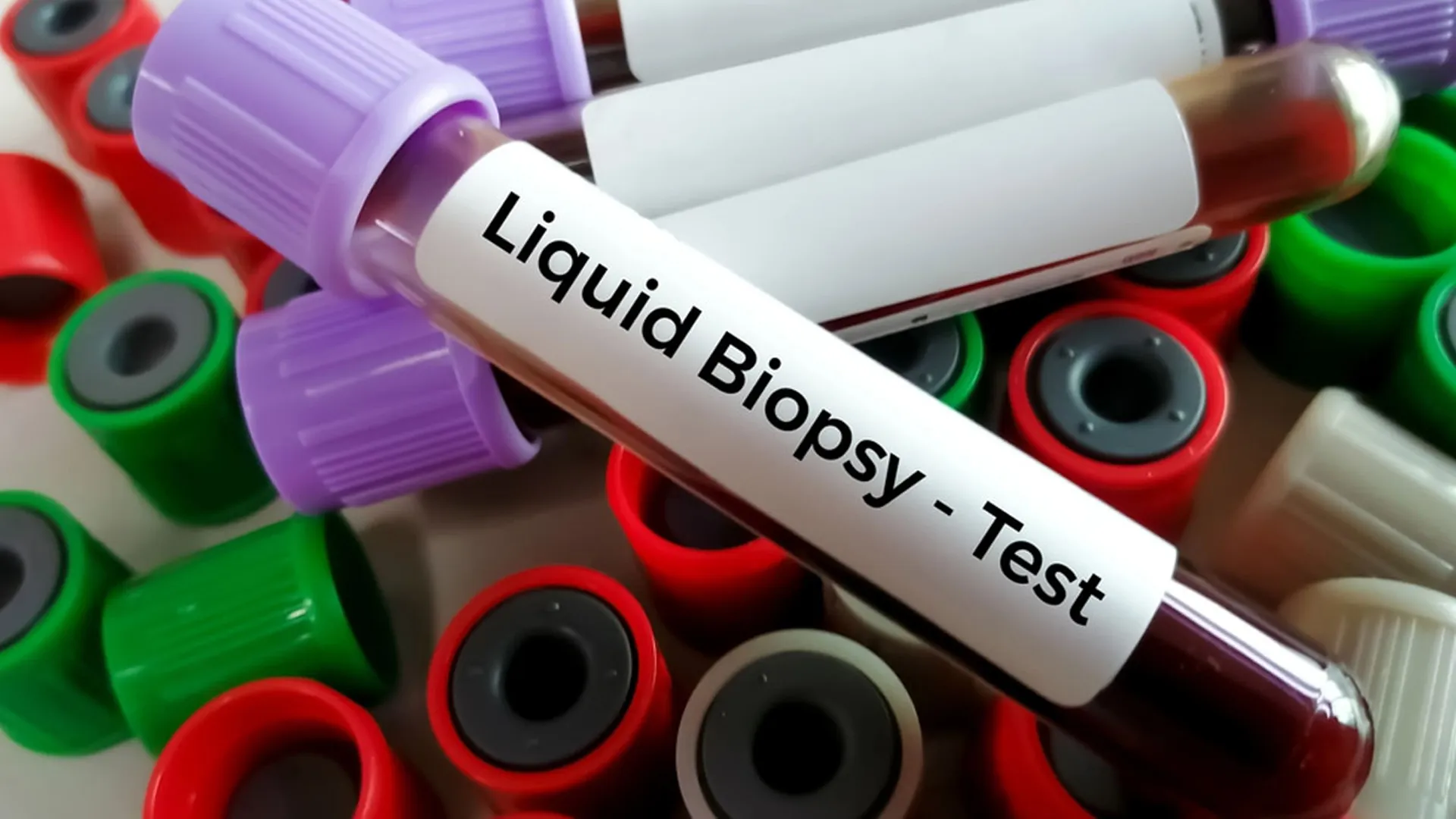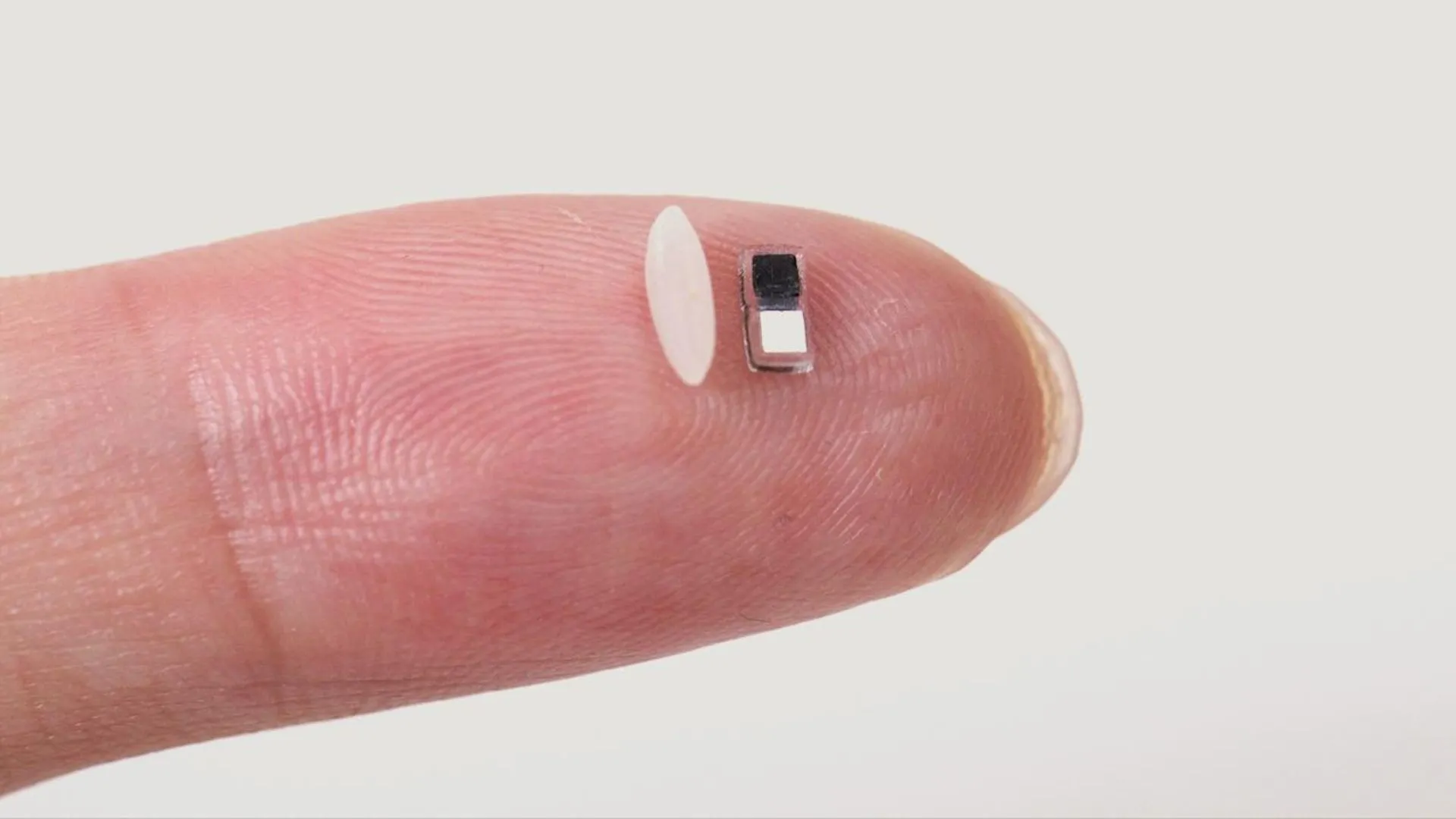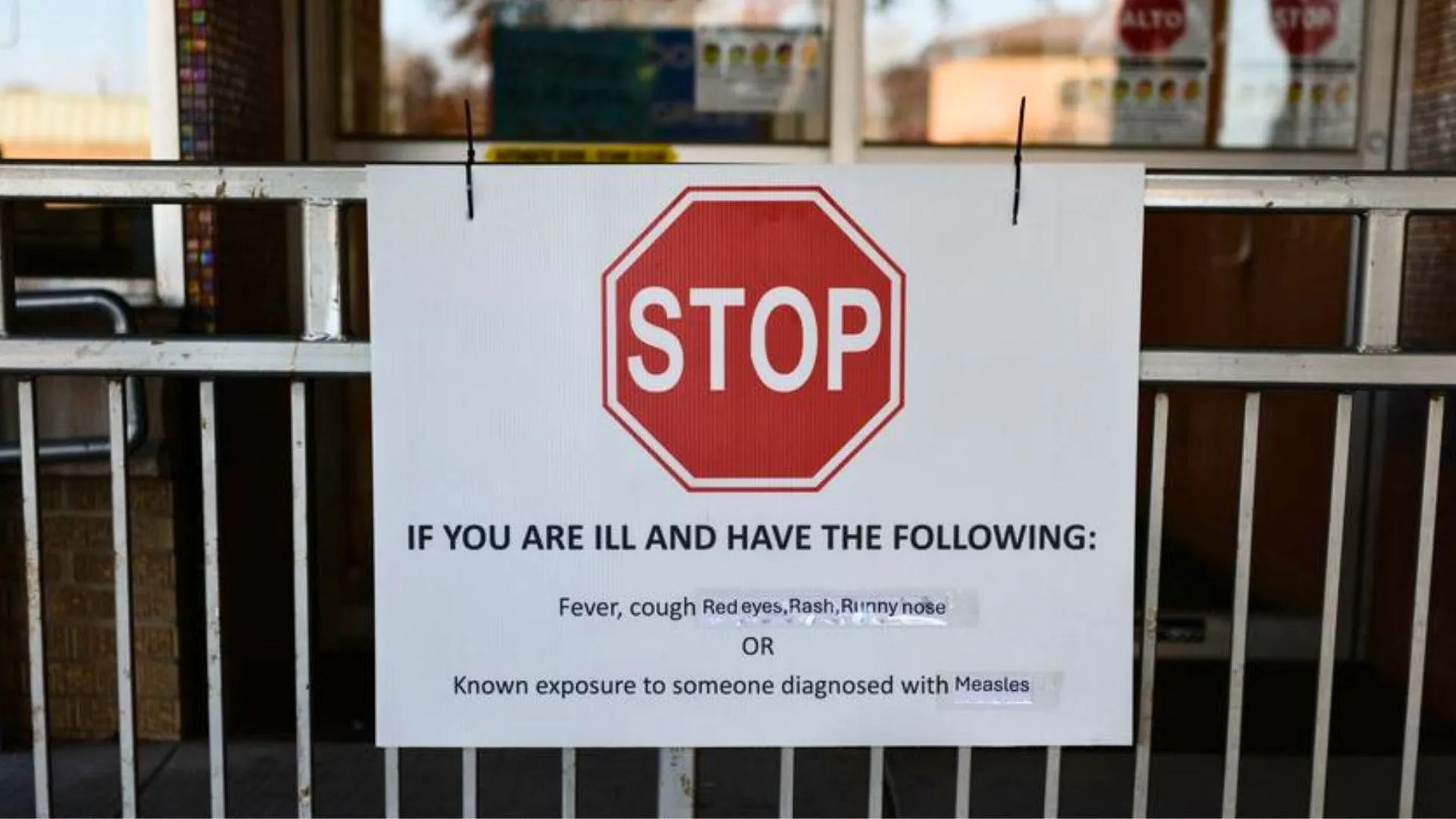In an exciting breakthrough for global healthcare, the University of Queensland (UQ) and biotechnology company Vaxxas have won a prestigious global prize to accelerate the development of a patch-based mRNA vaccine for COVID-19. This achievement is part of their collaboration on advancing Vaxxas’ high-density microarray patch (HD-MAP) technology. The partnership was selected as one of four Concept Stage winners in the US$50 million Biomedical Advanced Research and Development Authority (BARDA) Patch Forward Prize competition, which seeks to push the commercialization of microneedle patch-based mRNA vaccines. This innovation holds promise for fighting COVID-19, seasonal influenza, and pandemic influenza, marking a pivotal moment in vaccine delivery technology.
The Patch Forward Prize and the Future of mRNA Vaccines
The BARDA Patch Forward Prize, with a total prize pool of US$50 million, aims to accelerate the development of innovative vaccine delivery systems. Specifically, it focuses on advancing the use of microneedle patches, a revolutionary way to deliver vaccines. UQ and Vaxxas are the recipients of US$2 million (A$3.2 million) as part of their efforts to enhance the thermostability and distribution capabilities of mRNA vaccines. This funding will be instrumental in refining Vaxxas’ HD-MAP technology, enabling it to deliver mRNA vaccines developed at UQ’s BASE facility.
The HD-MAP is a small patch that contains thousands of microprojections, each coated with a tiny dose of vaccine in a dried formulation. When applied to the skin, the patch works by delivering the vaccine to the immune cells just below the skin’s surface. This delivery method offers several advantages over traditional syringe-based vaccination, including a reduced need for cold-chain storage and distribution, which has historically posed a significant challenge for mRNA vaccines. The self-administered patches, delivered via a simple applicator, also promise to make vaccination more accessible, especially in hard-to-reach areas.
Transforming Vaccine Delivery
Professor Timothy Mercer, Director of UQ’s BASE facility, emphasized the transformative potential of the HD-MAP technology. The ability to store and transport mRNA vaccines without the strict temperature controls currently required could significantly improve access to life-saving vaccines, especially in low- and middle-income countries where cold-chain infrastructure is often limited or non-existent. Mercer highlighted how this technology could revolutionize the distribution of mRNA vaccines in regions that are currently underserved, allowing for broader, more equitable access to vaccines in the face of both current and future pandemics.
Mercer further elaborated on how this advancement could help in pandemic preparedness and make vaccines more accessible worldwide. “This prize enables us to progress the work required to improve the thermostability of mRNA vaccines on the Vaxxas patch,” he said. “It opens up the possibility of delivering mRNA vaccines to places we currently can’t reach because of limited cold-chain infrastructure.”
The Role of UQ’s BASE Facility
UQ’s BASE (Biotechnology Advanced Science and Engineering) facility is Australia’s leading provider of mRNA for research and preclinical studies. Since its establishment in 2021, the facility has been at the forefront of mRNA technology, providing vital support to both academic and industry partners in the development of mRNA-based vaccines and therapies. The BASE facility plays a key role in helping to bring the next generation of mRNA vaccines from initial design to clinical trials.
The work being done at UQ’s BASE facility is central to the partnership with Vaxxas. The facility provides the mRNA technology necessary for the development of a broad range of vaccines and therapeutics, and its expertise in this area is essential for the progress of the patch-based vaccine project.
The partnership between UQ and Vaxxas is a natural one. Vaxxas, founded as a start-up in 2011 through UQ’s commercialization company UniQuest, has been focused on advancing the performance of vaccines using its HD-MAP technology. Vaxxas aims to apply this technology to a variety of diseases, including infectious diseases and cancer. The technology’s potential to improve the delivery and effectiveness of vaccines could have far-reaching implications for public health worldwide.
Vaxxas’ Role and Innovation
Vaxxas’ HD-MAP technology is at the heart of this innovative approach to vaccine delivery. The patch is designed to deliver vaccines efficiently through the skin, using a high-density array of microprojections. These microprojections penetrate the skin’s outer layer and deliver the vaccine directly to the immune cells beneath the surface. This novel delivery system provides the advantage of eliminating the need for syringes and reducing the storage requirements of traditional vaccines.
Dr. Deborah Pascoe, Senior Vice President of Pipeline Development at Vaxxas, expressed her enthusiasm about the BARDA award, recognizing the collaboration’s potential. “This prize enables Vaxxas and BASE to advance the HD-MAP technology towards potential preclinical studies with Vaxxas’ mRNA COVID-19 vaccine candidate,” she said. Pascoe also emphasized the value of partnering with a global leader in mRNA research, acknowledging UQ’s BASE facility as an essential player in translating research into real-world solutions.
Impact on Public Health
The successful development of patch-based mRNA vaccines could fundamentally transform public health efforts. Traditional vaccine administration methods, particularly those for mRNA vaccines, require strict cold storage and handling, limiting access to these vaccines, especially in low-resource settings. The HD-MAP technology addresses this challenge by making vaccines more portable and easier to store and distribute.
One of the key challenges facing vaccine distribution globally is the reliance on the cold chain. mRNA vaccines, such as those used for COVID-19, are particularly sensitive to temperature changes and require stringent storage protocols. However, the use of the HD-MAP patch could bypass many of these storage concerns, opening up possibilities for self-administration and wider access, especially in rural and remote areas.
Additionally, the technology holds promise for future applications in tackling other infectious diseases and even cancer, where improved vaccine delivery methods are also critical. As the world continues to face new health threats, the development of versatile, scalable vaccine delivery systems will be vital in improving global vaccine coverage and public health outcomes.
BARDA Patch Forward Prize and Future Prospects
The BARDA Patch Forward Prize is one of the largest incentive prizes backed by the US Department of Health and Human Services. With this award, UQ and Vaxxas have secured a crucial step in advancing the HD-MAP technology to preclinical studies and beyond. The next stages of the Patch Forward Prize will focus on advancing the technology through clinical trials, with submissions being accepted through 2025 and 2026. As the project progresses, it holds the potential to reshape the landscape of vaccine delivery globally.
This collaboration between UQ and Vaxxas represents a major milestone in the development of innovative health technologies that can address the world’s most pressing health challenges. With the support of the BARDA prize, the project is poised to accelerate the commercialization of patch-based mRNA vaccines, providing a more efficient, accessible, and scalable solution for preventing infectious diseases and preparing for future pandemics.
In conclusion, the UQ and Vaxxas collaboration, aided by the BARDA Patch Forward Prize, marks a significant advancement in vaccine technology. As the world looks ahead to future health challenges, this partnership exemplifies the transformative potential of scientific innovation, with the promise of improved global vaccine access, enhanced public health outcomes, and a new era of vaccine delivery. With the HD-MAP technology, the future of vaccination looks more accessible, efficient, and sustainable than ever before.






















